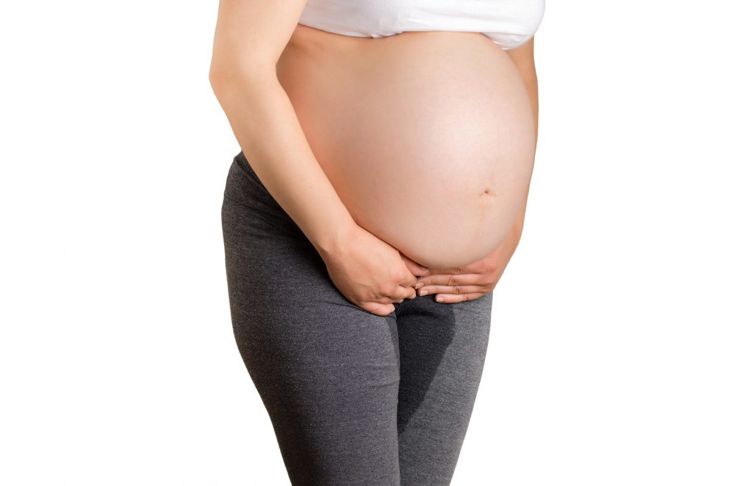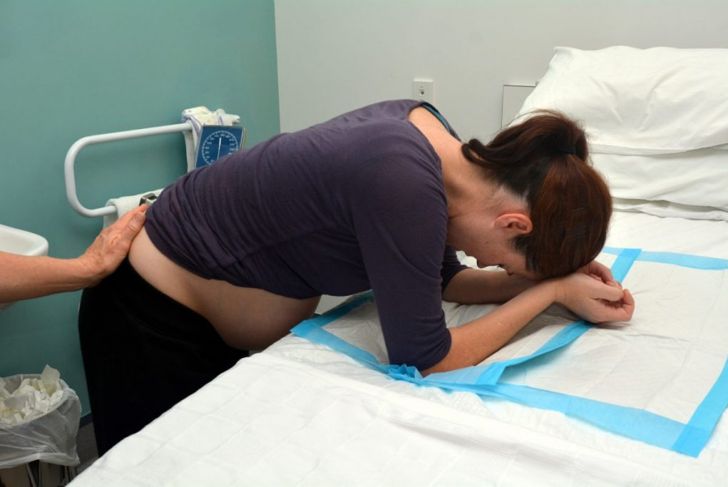During the months leading up to the birth of a child, expectant mothers prepare themselves for delivery day. Pregnancy experiences differ greatly, but most women’s bodies offer similar signs that the baby will soon arrive. Research shows that the baby sets labor into motion by releasing a deluge of hormones. Recognizing the early signs of labor and preparing for what follows leads to a more positive birth experience for both mother and child.
Getting Things Started: Self-Induced Labor
Before labor can begin, the cervix must be fully open. In the weeks leading up to her due date, a woman watches for signs that the arrival day is near. They may try a variety of techniques to bring on uterine contractions. Around 30% of women try to induce labor through sexual activity, walking, spicy food, acupuncture, nipple stimulation, and castor oil. Research into the effectiveness of these methods is sparse. Before engaging in attempts to trigger labor, an expectant mother should discuss them with her physician.
Pre-Labor Signs
A woman’s body signals her of the upcoming birth in the weeks before labor begins. The signs may be subtle or obvious. The contractions the soon-to-be mom has felt throughout her pregnancy move the fetus into position in the birth canal. Short, irregular contractions, called false labor or Braxton Hicks contractions, are not true labor contractions, but they are signs that labor will begin soon. Additional pre-labor clues are lightening, nesting, and the “bloody show.”
Lightening
When the baby “drops,” the head settles into the pelvis in preparation for birth. In obstetrics, the term “lightening” describes this drop. After the baby drops, the woman usually notices that breathing is easier, but she may feel the urge to urinate more frequently. The baby is no longer putting pressure on her lungs. Instead, the infant’s head is pressing against her bladder. Some mothers experience this sensation weeks before labor begins. Others do not experience lightening until a few hours before.
Nesting
In the third trimester, it is not unusual for a woman to feel increasingly tired as her due date gets closer. In the days before labor starts, however, some expectant mothers experience a “nesting” instinct, an innate need to prepare for the baby’s arrival. A surge of energy triggers urges to cook, clean, and organize the household so that everything is ready for the new baby. One study found that nesting behaviors are similar to those in the animal kingdom, a means of controlling the physical environment and creating a safe space for its young.
Bloody Show
The mucus plug covers the cervical opening during pregnancy, sealing it to keep bacteria out of the uterus. As the baby’s birth approaches, the cervix softens and opens and the mucus plug detaches. The plug passes through the vagina, creating a discharge that may be clear or have a pink tinge or appear somewhat bloody, hence the common name. A pregnant woman may expel her mucus plug a few weeks before delivery or a few hours before labor starts.
When Does the Water Break?
Amniotic fluid is the water that surrounds the baby in the womb. Layers of tissue called the amniotic sac contain the fluid and protect the fetus. When it ruptures or breaks, a woman feels either a gush of fluid from her vagina or an intermittent trickle. For some expectant mothers, the water breaking indicates that labor will begin soon. For others, labor has already begun. Sometimes, labor does not start after the water breaks, and the doctor may choose to induce labor. If the mother’s water has not broken by the time active labor begins, the doctor may perform an amniotomy, a procedure that ruptures the amniotic sac.
The Three Stages of Labor
A woman goes through three distinct stages of labor. The first stage, which is the longest, leads to full cervical dilation. It has three phases: the latent phase, the active phase, and the transition phase. Throughout the first stage, the physician, doula, or birthing attendant will regularly measure the effacement or dilation in percentages, from 0% to 100%. Obstetricians measure cervical dilation in centimeters, from one to 10. In the second stage, the infant is born. The final stage is the delivery of the placenta.
Stage One: Latent Phase
Contractions become stronger, more regular, and painful during the latent phase. The cervix is thinning and shortening, or effacing, and the cervix is opening, dilating to about four centimeters. The mother may feel pain deep in the groin, low abdomen, or back. When the contractions reach four to five minutes apart, last about one minute, and the pattern continues for one to two hours, it is usually time to head to the hospital or birthing center or contact the midwife or doula.
Stage One: Active Phase
When the cervix dilates between four and eight centimeters, the contractions are usually about three minutes apart and the labor starts to move much more quickly. This phase usually continues anywhere from four to eight hours. For first-time mothers, it generally lasts about five hours on average. The woman remains in the active phase until she is dilated to eight or nine centimeters.
Stage One: Transition Phase
The labor process slows down again during the final phase of stage one. Contractions occur every few minutes and last between 60 and 90 seconds. Transition continues for 15 to 60 minutes. A mother may feel a strong urge to push during this phase. However, if she is not fully dilated, the obstetrical team discourages her from doing so. Pressure in the lower back, rectum, or groin area becomes more intense. Once the cervix is completely open and dilated to 10 centimeters, the second stage of labor begins. The physician or birthing attendant tells the mother she can push. This pushing and the force of the contractions work together to move the baby through the birth canal and out the vaginal opening.

 Home
Home Health
Health Diet & Nutrition
Diet & Nutrition Living Well
Living Well More
More




















